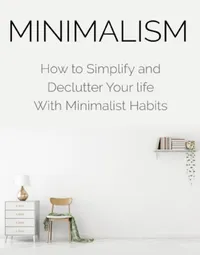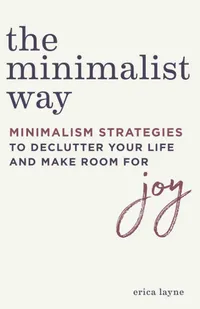What is minimalism today and why is it important when it comes to living in a home that makes you happy?
A new wave of 'soft' minimalism is warm and full of character. Experts discuss the trend and why it's needed now more than ever
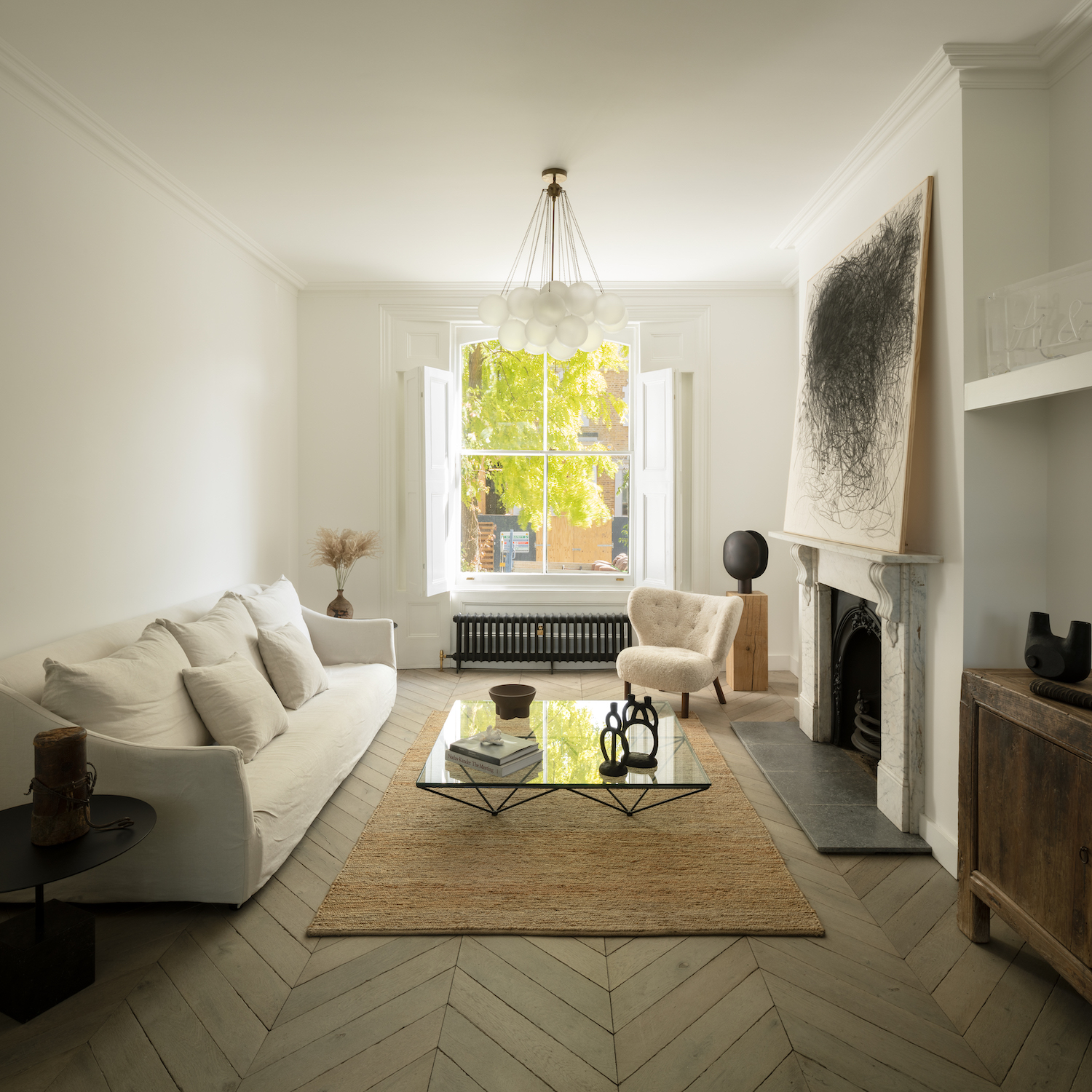
Minimalism, today, has come a long way from how it used to look. It was once associated with a starkness, a coldness, an exacting approach to home decor which left spaces clear - sure - but also devoid of character. Now, however, it's one of the warmest and most personality-filled ways to decorate your home, creating a scheme that cocoons you and even has the power to make you happy.
Yes, minimalist interior design has evolved. Take, for example, the soothing tactility of the best minimalist homes. From deDraft the subtle joy of architect Grant Straghan’s home to the inviting, "pinky-white" walls of John Pawson’s home in the Cotswolds, or the elevation of nature in Norm Archietct’s ‘soft minimal’ approach to interior design, they have all moved the doctrine on.
“For us, 'minimalism' is a highly overused and often incorrectly used term,” says Grant Straghan, Founder of deDraft. “Often interpreted as an empty white space of straight crisp lines, it is now more often considered to involve a pared back simplicity, increasingly frequently using natural materials, with all storage concealed from view and a highly curated arrangement of freestanding, often sculptural furniture. It’s a desire to strip-back over embellishment and a push to rebalance modern society's materialistic lust.”
So what is minimalism today, and why is it important?
1. It helps you find clarity
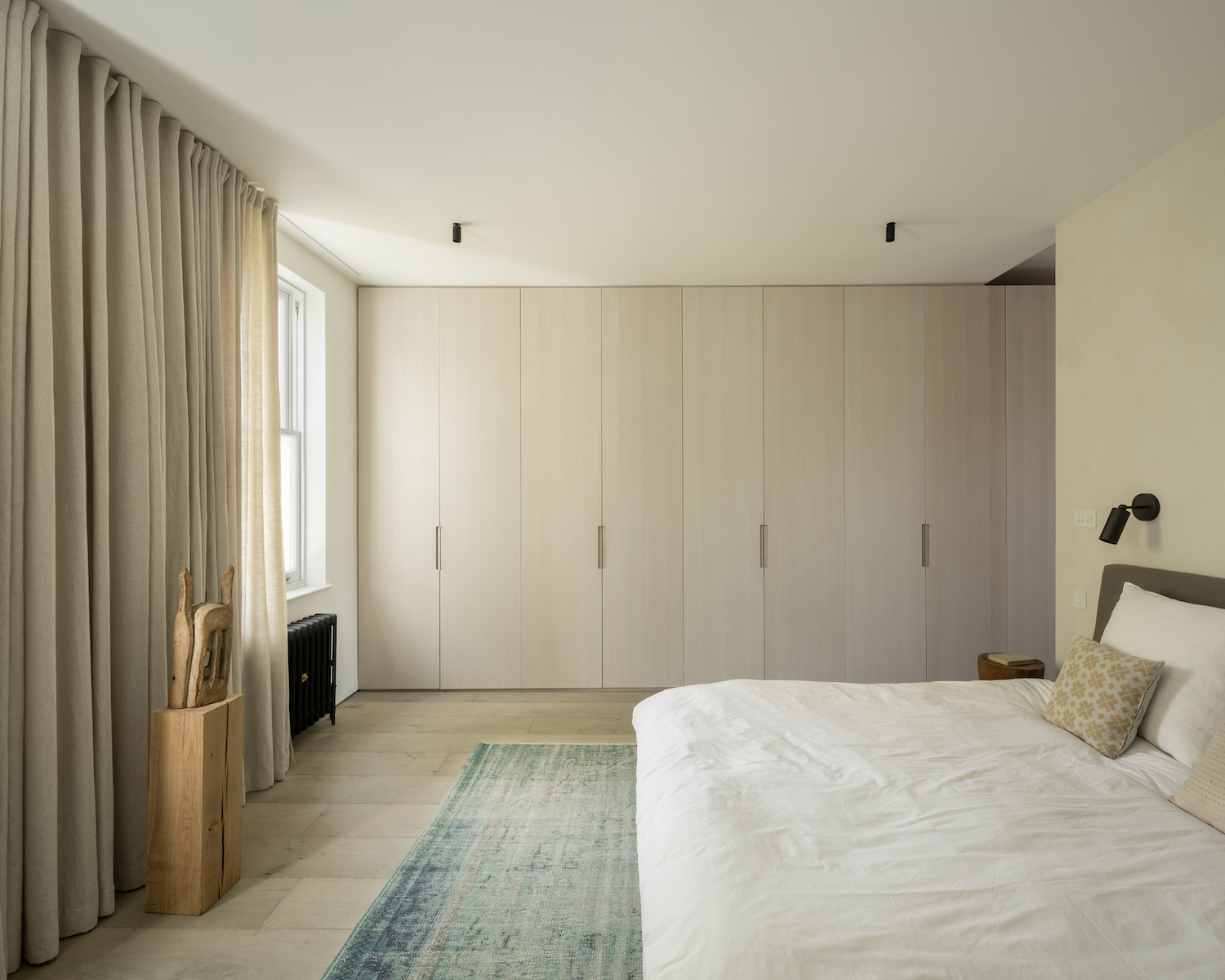
At the heart of minimalism is the practice of reduction. “Minimalism, to us, means to get to the core of materials,” says Luca Scardulla, Co-Founder of architecture practice llaab. "We believe projects should be easy to read, defined. This means leaving only the necessary behind.”
Removing any ‘frills’ allows us to get to the ‘essence’ of a material, space or person, Luca Scardulla explains. “The intentions of the project should be clear and readable in order to make it balanced,” he says. “If not, it is just an undefined space”.
But character and warmth are also among the key characteristics of the new wave of soft minimalism - as seen above in this minimalist bedroom. “Reducing the substance and getting to the core doesn't mean losing character,” says Luca Scardulla. “Rather than renouncing [the material's] soul, it’s about enhancing it: reducing to empower. Spaces can be minimal, yet they should be personal, responding to specific needs and personalities. We need spaces where we can feel at home, embraced. Homes are our nest.”
Minimalism: How to Simplify and Declutter Your life With Minimalist Habits by Ben Smith, Amazon
This simple guide makes it super-easy to create a home that makes you happy. It focusses on changing habits and building new behaviors that will allow your decor to evolve into a minimalist haven.
2. It creates warmth in your home
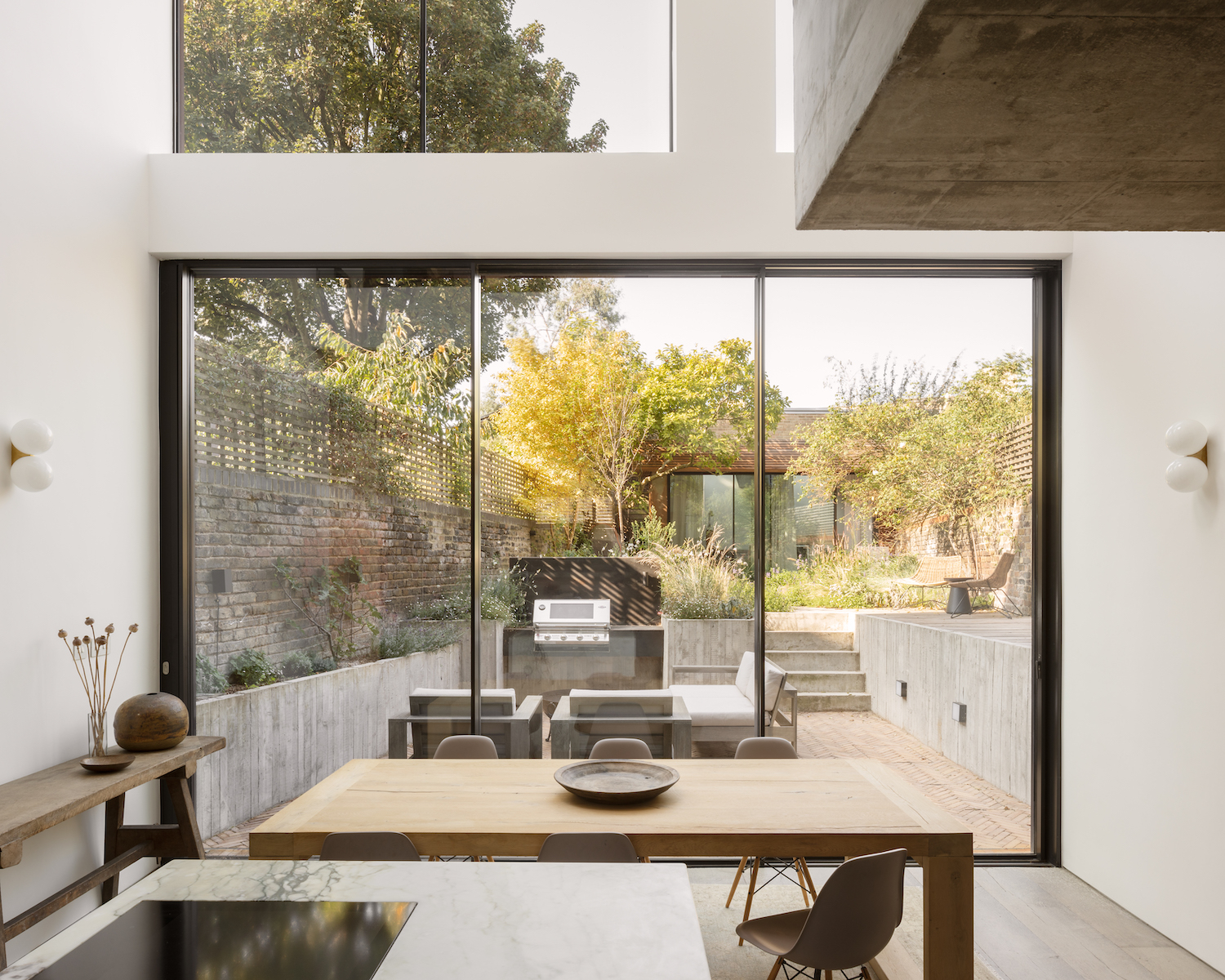
Soft minimalism emphasises and embraces the mood-enhancing effects of nature. “As our lives become more sterile, we want to surround ourselves with things that remind us of nature,” says Daisy Brown, Co-Founder of contemporary furniture brand Six the Residence. “Using natural materials adds a warmth which is both calming and inviting. A huge interiors trend, which I don’t think is going anywhere, is bringing nature into your home, with lovely natural-toned teak, real-sheepskin and marble.”
The Livingetc newsletters are your inside source for what’s shaping interiors now - and what’s next. Discover trend forecasts, smart style ideas, and curated shopping inspiration that brings design to life. Subscribe today and stay ahead of the curve.
Minimalism today has a more expansive palette, as Daisy Brown explains: “There is a shift towards people wanting to incorporate color, but the colors are all ones you would find naturally occurring in nature such as warm oranges and browns. Warm minimalism brings more character and comfort, than a standard clinical white interior.” Think brown living rooms as a good place to start. As is colors that go with grey.
3. Minimalism helps you prioritize your life

The original minimalist is thought to have been Diogenes of Sinope, a Greek philosopher who lived around 2,500 years ago. Choosing to live in a rain barrel rather than a house, the philosopher claimed he found happiness through abandoning his drive to gain possessions and social status.
Minimalists since have also linked having fewer possessions with personal wellbeing, right up to today’s decluttering gurus like The Life-Changing Magic of Tidying Up author Marie Kondo.
Today, minimalism is helping people prioritize. “The covid pandemic encouraged people to be more aware of what was really important in their lives,” says Sue Spencer, a professional Home Organiser and KonMari® Consultant who trained with Marie Kondo. “Among my clients and social groups I’ve experienced a renewed appreciation of a slower paced lifestyle, with people enjoying spending more time with their families.”
4. It is better for the planet
Minimalism does not just benefit our personal wellbeing - it’s also better for the planet. “The push to environmental recovery should hopefully provide the impetus to strive for a simpler life in which the accumulation of possessions becomes less of an obsession,” says Grant Straghan. “The emphasis is on living with less, reducing waste and eliminating those unnecessary items one fails to use as much as you think.”
So far from leading to homes that feel cold and punishingly bare minimalist living rooms or decor schemes can help us create highly personal and cozy spaces, encouraging us to cherish and remember the things that really matter.
With an approachable method for turning your home minimalist, Erica Jayne cleverly spells out her steps in a way that seems achievable. The emphasis is on creating a space that makes you happy, a vibe we wholeheartedly support.
Kate Hollowood is a freelance journalist who writes about a range of topics for Marie Claire UK, from current affairs to features on health, careers and relationships. She is a regular contributor to Livingetc, specializing in reporting on American designers and global interiors trends. Based in London, Kate has also written for titles like the i paper, Refinery29, Cosmopolitan and It’s Nice That.
